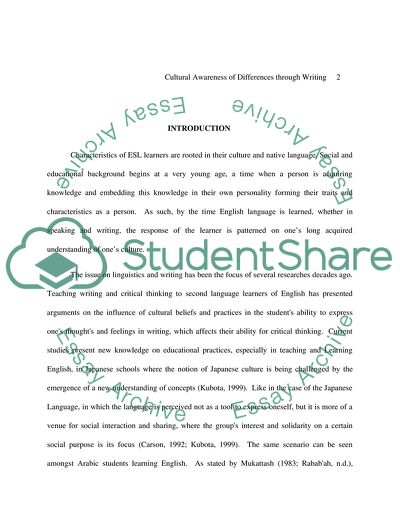Cite this document
(“Not Found (#404) - StudentShare”, n.d.)
Not Found (#404) - StudentShare. Retrieved from https://studentshare.org/culture/1723839-cultural-awareness-of-saudi-esl-learners-during-writing
Not Found (#404) - StudentShare. Retrieved from https://studentshare.org/culture/1723839-cultural-awareness-of-saudi-esl-learners-during-writing
(Not Found (#404) - StudentShare)
Not Found (#404) - StudentShare. https://studentshare.org/culture/1723839-cultural-awareness-of-saudi-esl-learners-during-writing.
Not Found (#404) - StudentShare. https://studentshare.org/culture/1723839-cultural-awareness-of-saudi-esl-learners-during-writing.
“Not Found (#404) - StudentShare”, n.d. https://studentshare.org/culture/1723839-cultural-awareness-of-saudi-esl-learners-during-writing.


